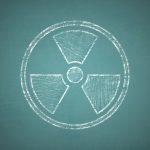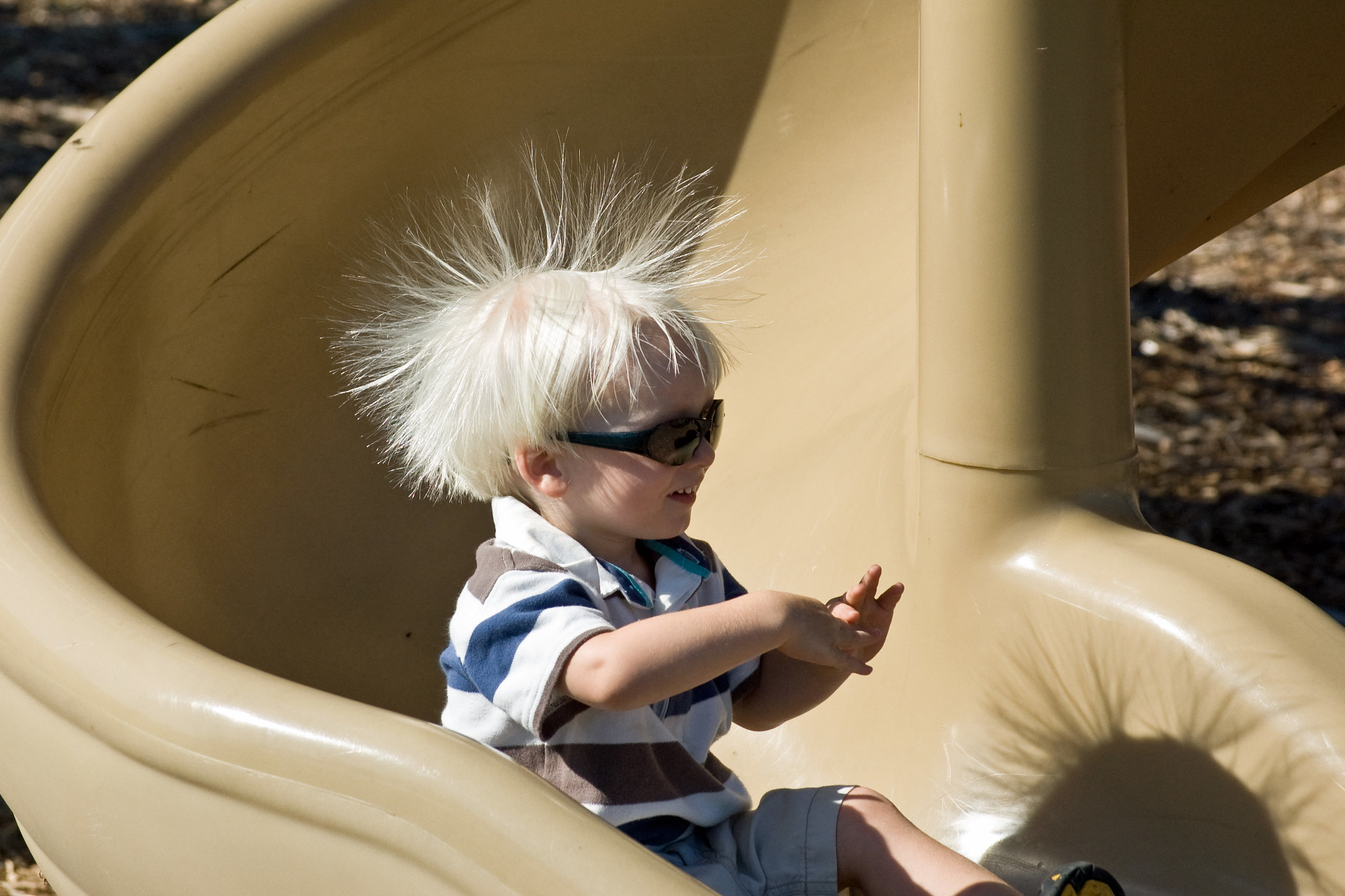Table of Contents
The Hidden Dangers of Ionized Air Purifiers
Ionized air purifiers have become increasingly popular in recent years as people look for ways to improve the air quality in their homes. While these devices do help reduce dust, dander, and other pollutants, some studies suggest they may also create potentially harmful byproducts. In this in-depth article, we’ll examine the side effects of ionized air purifiers and help you make an informed decision about using one in your home.
How Ionized Air Purifiers Work
Ionized air purifiers use a process called corona discharge to charge airborne particles with negative ions. These charged particles then cling to surfaces like walls, floors, curtains, and tabletops, causing the particles to drop out of the air. This can quickly reduce the number of irritants like dust and pet dander floating in the indoor air.
To generate these ions, ionized purifiers use thin electrically charged plates which alter the charge of air molecules as they pass by. The now charged negative ions then exit the purifier and attach themselves to the pollutant particles.
The Benefits of Ionized Air Purifiers
There are several potential benefits that make ionized air purifiers popular:
- They efficiently remove very small particles from the air, including some viruses and bacteria.
- They can quickly improve perceived air quality as particles drop out of the air rapidly.
- They do not require expensive HEPA filters that need regular replacement.
- They are often inexpensive to purchase compared to other types of air purifiers.
For people who want an affordable way to reduce airborne allergens and particles, ionized purifiers can seem like an excellent solution.
Potential Ionized Air Purifier Side Effects
However, ionized air purifiers also have some significant drawbacks and potential side effects that consumers should be aware of.
Ozone Generation
One major concern is that some ionized purifiers produce ozone gas, a lung irritant that can cause multiple symptoms. Ozone is created as a byproduct of the ionization process. While inhaling small amounts of ozone likely won’t cause noticeable issues in most people, prolonged exposure can create the following problems:
- Chest pain, coughing, and shortness of breath
- Reduced lung function
- Aggravation of conditions like asthma and bronchitis
- Increased oxidative stress, which may accelerate aging and disease
Children, the elderly, and those with chronic respiratory conditions or weakened immune systems face the greatest risks from ozone exposure. Even in healthy adults, breathing ozone over time can potentially cause permanent lung damage.
Production of Ultrafine Particles
In addition to ozone, some research indicates ionizing purifiers also generate ultrafine particles that are small enough to penetrate deep into the lungs. These tiny particles then deposit in the airways and alveoli, potentially causing inflammation or other lung changes. Studies have linked long-term exposure to fine particulate matter with:
- Declines in lung function
- Development of asthma
- Exacerbation of COPD
- Increased respiratory infections
- Higher risk of lung cancer
While more research is needed, these early findings suggest ionizing technology may create new indoor air pollution while reducing other particles. This unintended side effect could pose health risks, especially for sensitive groups.
Charged Particle Fallout
As mentioned earlier, ionized air purifiers work by charging particles which then cling to surfaces like walls, floors, and other objects. While this removes irritants from the air, it deposits them onto surfaces within a room.
Some studies have found this can significantly increase allergen exposure in a home. The charged particles hold very tightly to surfaces and objects, making them difficult to remove with casual cleaning. Vacuuming, dusting, and washing may not be enough to fully eliminate the layered deposits. So while the air seems cleaner, allergen exposure continues through regular contact with contaminated surfaces.
 Safer Alternatives to Ionized Air Purifiers
Safer Alternatives to Ionized Air Purifiers
Given the potential ionized air purifier side effects, many consumers understandably have concerns about using these devices. Fortunately, there are several effective and safer alternatives:
HEPA Air Purifiers
HEPA (high efficiency particulate air) filters can remove up to 99.97% of particles sized 0.3 microns and larger. This includes dust, pollen, pet dander, mold spores, bacteria, and some viruses. Unlike ionizers, HEPA purifiers use simple mechanical filtration that doesn’t generate any dangerous byproducts. They are highly effective at reducing both airborne particles and surface allergens in a space.
Activated Carbon Purifiers
Activated carbon filters adsorb gaseous pollutants like volatile organic compounds (VOCs), smoke, and fumes. Using a purifier with both HEPA and carbon filtration provides protection against particulate matter, gases, and odors. This dual approach helps ensure you’re breathing the cleanest air possible.
Photocatalytic Oxidation
Photocatalytic oxidation (PCO) uses UV light along with a titanium dioxide coated filter to break down organic pollutants. PCO can destroy a wide range of gases, bacteria, viruses, and VOCs at the microscopic level through an oxidation reaction. Combining PCO with HEPA filtration offers comprehensive whole-home air purification.
Air purifiers using these alternative technologies have been shown to effectively clean the air without generating any concerning byproducts like ozone or ultrafine particles.
Recommendations for Safer Use
If you already own an ionized air purifier or are considering purchasing one, there are several steps you can take to reduce potential side effects:
- Only run the ionizer when necessary – don’t leave it on 24/7.
- Follow the manufacturer’s maintenance guidelines to keep the plates clean for lower ozone production.
- Place the purifier away from areas where people spend a lot of time, like bedrooms.
- Install an ozone detector to monitor levels.
- Use the ionizer along with HEPA filtration to capture any particles generated.
- Consider using an alternative purification technology instead.
Taking these precautions can help minimize exposure to ozone and any other byproducts produced by your ionized air purifier.
The Bottom Line
Ionized air purifiers certainly have benefits in terms of reducing airborne allergens and particles. However, the potential risks from ozone production, ultrafine particles, and surface contaminants have raised health concerns. There are safer, non-ionizing alternatives available that avoid these side effects. If you do choose an ionizer, take steps to reduce byproduct exposure, especially for vulnerable groups like children and those with respiratory conditions.
With a better understanding of the pros and cons, you can make an informed decision about the best air purification options for your home and health.
Frequently Asked Questions
Are ionized air purifiers bad for your health?
Some studies have raised concerns about potential adverse health effects from ionized air purifiers, especially for sensitive groups. Ozone and ultrafine particle production may cause issues when inhaled over long periods. Those with lung conditions should exercise caution with ionizers.
Do ionized air purifiers put out dirty electricity?
Ionizers may put out small amounts of electrostatic discharge or electromagnetic radiation. Whether this “dirty electricity” causes problems is still under investigation. The FDA has not found significant health effects but recommends keeping ionizers away from electronic medical devices.
Should you leave an ionized air purifier on all the time?
It’s best not to run ionized purifiers continuously – the longer they operate, the more ozone and particles may be generated. Use intermittent operation or an on/off timer. Also place the ionizer far from high-traffic areas to limit exposure.
Do ionized air purifiers produce carbon monoxide?
No, ionizers do not create carbon monoxide, which is an odorless gas produced by incomplete combustion. Ionized purifiers may generate ozone and ultrafine particles, but not carbon monoxide.
Can ionized air purifiers kill birds?
There are some reports of ionizers harming small birds like canaries. The high ozone levels may be toxic to birds in enclosed spaces. Keep ionizers away from birdcages and avoid use in rooms where birds live.
Do negative ions give you headaches?
Some people do report headaches, nausea, dizziness or fatigue from high exposure to negative ions. Manufacturers claim these symptoms will subside as your body acclimates. But negative effects may indicate you’re sensitive and should limit use.
Are ionized air purifiers worth the risk?
For most people, the potential risks of ozone exposure and lung irritation outweigh the benefits provided by ionizers. Safer non-ionizing alternatives like HEPA air purifiers provide cleaner air without side effects. Carefully consider if the risks are worth any perceived benefits.
For more information on air quality and home air purification, check out the EPA Guide to Air Cleaners.








